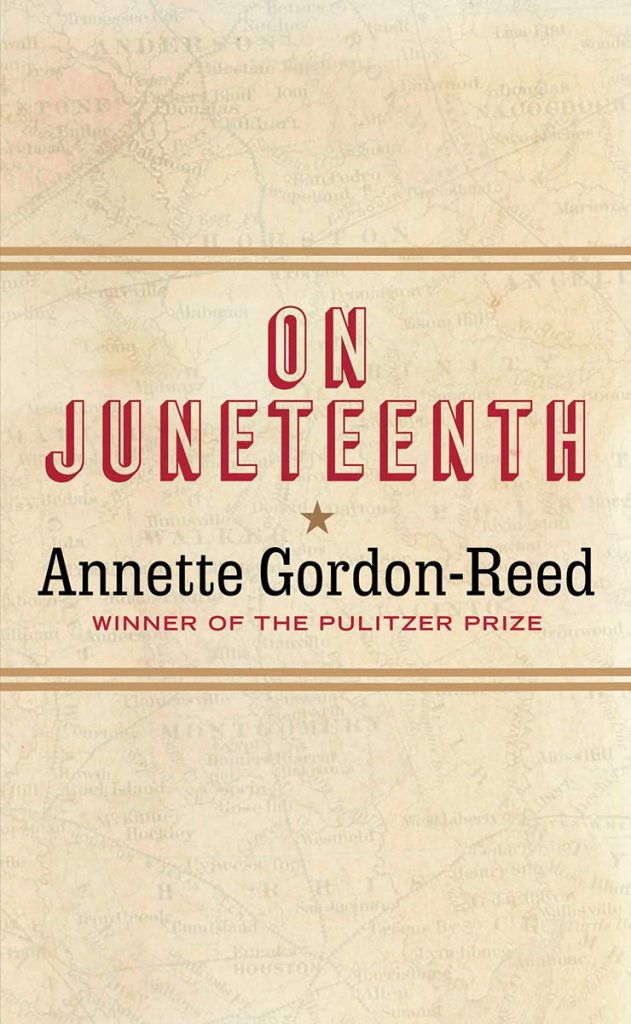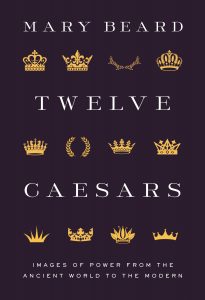That is today. La fête nationale française. The 14th of July, or Bastille Day as I have always called it.
Coming just after the 15oth anniversary of the birth of Marcel Proust , on 10th July, 1871, I use this proximity and this day to rekindle a too long dormant fascination with the great French writer. See it as my own personal gesture of admiration for La Grande Nation (as the Germans call it – and not always with affection!).
In the arts pages of a German newspaper last week (FAZ); a collection of snippets from those who have, at some time or other, turned to Proust – and, with various degrees of success. One, Louis Begley, succeeded as a young man where others failed, and later was enriched not only in a literary sense but also in that Proust led him to the love of his life. Begley took the opportunity to do a little promotion in this regard for his wife, Anka Muhlstein. In celebration of Proust’s anniversary, Penguin Random House have released a special paperback edition of her 2012 book Monsieur Proust’s Library which explores the literary influences of one who was to on and so profoundly influence other writers, and up to this day. The synopsis on the publisher’s website insinuates this to be a light – and encouraging – read, for those who persist in their struggle.

And I am in need of some encouragement, for as you may have guessed, as Begley succeeded so have I failed. It is to be clearly discerned from the condition of the spines of the paperback volumes of In Search of Lost Time (or perhaps I should use the French title À la Recherche du temps perdu; as I remember even the translation of the title is forever a matter of heated debate) standing on my bookshelf that, generously speaking, I made it half way through – though I am relatively sure I didn’t make it to the end of The Guermantes Way. When? Twenty years ago? Is that possible? What precisely happened I don’t know; distracted, presumably put to one side, then packed away – as life, and my place in it, moved on.
Also, a few days ago I caught a very nice discussion on the Times Literary Supplement’s weekly podcast (always informative listening) with Professor of French and Comparative Literature at the University of Exeter and Proust expert, Adam Watt. Embedded below, and to be found about 4 minutes in or, in Spotify reckoning, at approximately -48:00.
Watt’s essay for the TLS July 9, 2021, issue, can be found here. Take note, though; access is only granted to a very limited amount of articles in any one month, so good luck!
Now, then, Monsieur Proust, you have my attention! At least, I have taken you again to hand or, to be precise, the first volume of your monumental work, which, in this translation by Lydia Davis, is titled The Way by Swann’s as opposed to Swann’s Way; also a matter of contention. (Whilst all under the aegis of Christopher Prendergast, each volume has a different translator.) On Lydia Davis. I must say, after reading some terrific flash fiction stuff by the so named a few years ago, I had to check whether this was in fact the same person whose name I remembered from the Proust translation. And indeed it was. A New Yorker profile in 2014 explained the French connection and much more (including an American literary first marriage of the highest order – of which I was probably one of the few to be ignorant of).
As an aside, some words of encouragement: a way once lost remains to be found!
Let the search begin, one may be tempted to say; if it wasn’t for that complicated pas de deux of Being and Time – that illusive intangible that constrains and dictates; that essence which he and his accomplice – that other with the name Marcel just as he, and much more than a reflection of each self – sought with word to tame; to make palpable; just like the most famous little cake of all time – soaked in tea, not once but three times, melting into involuntary memory.





